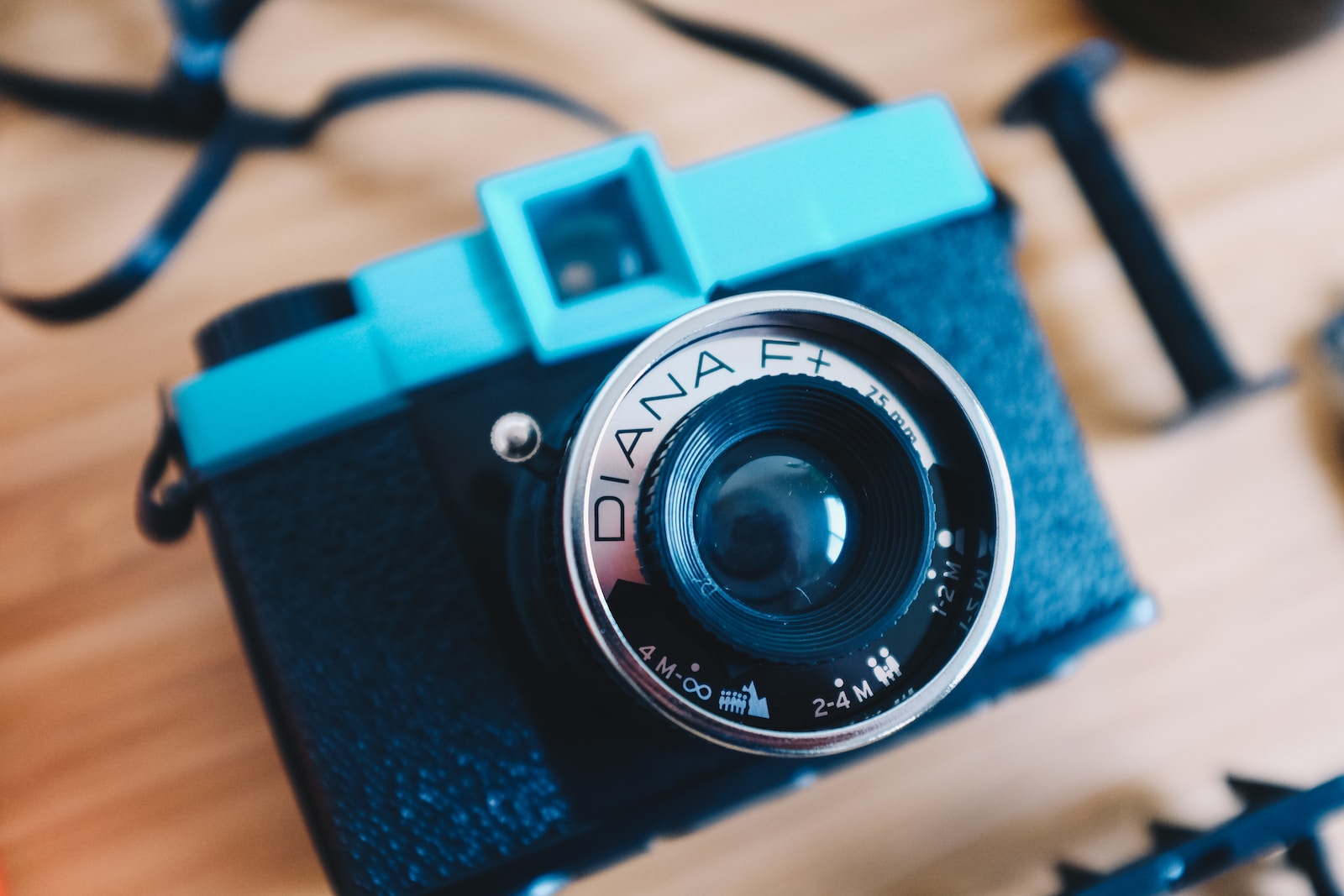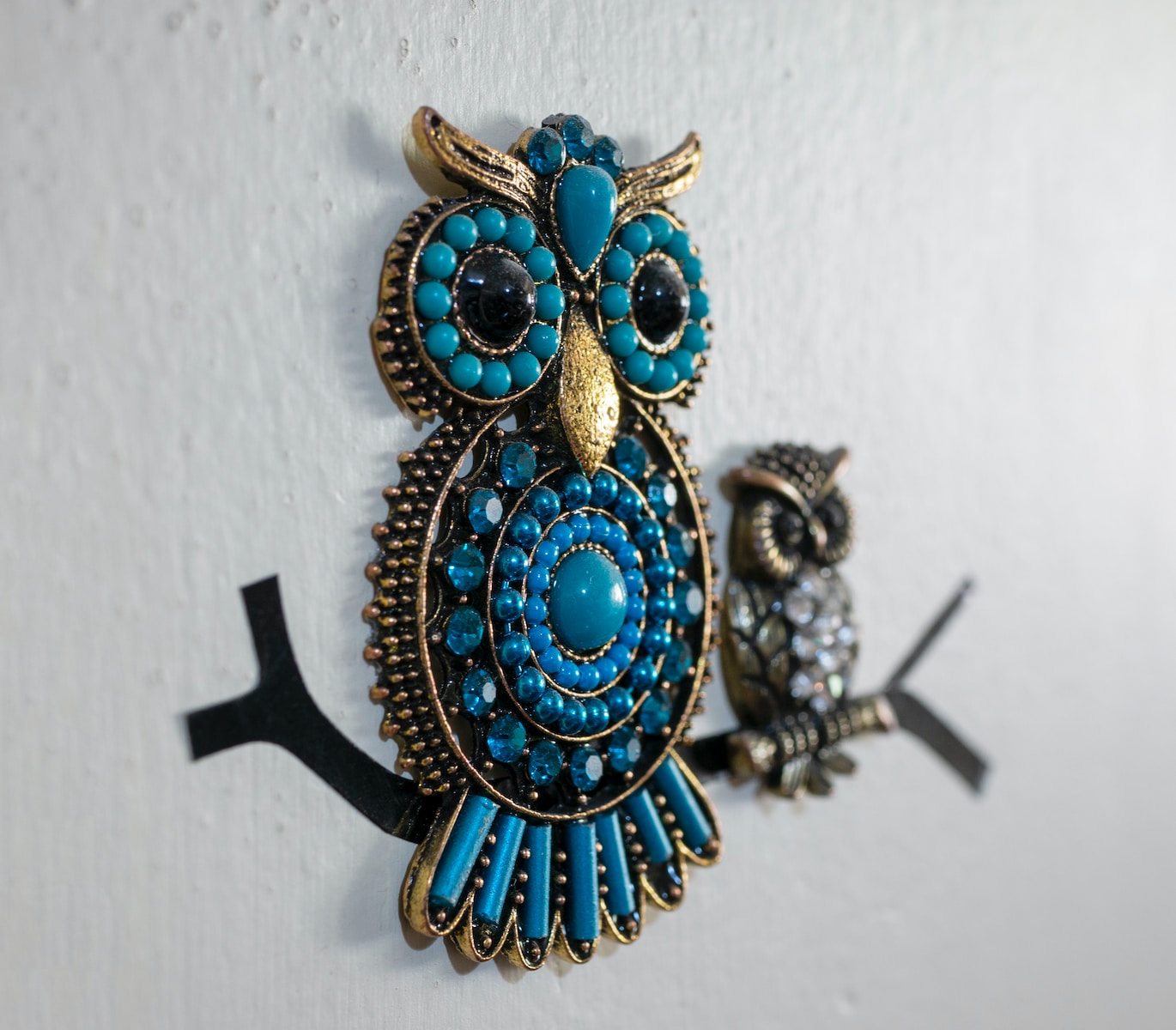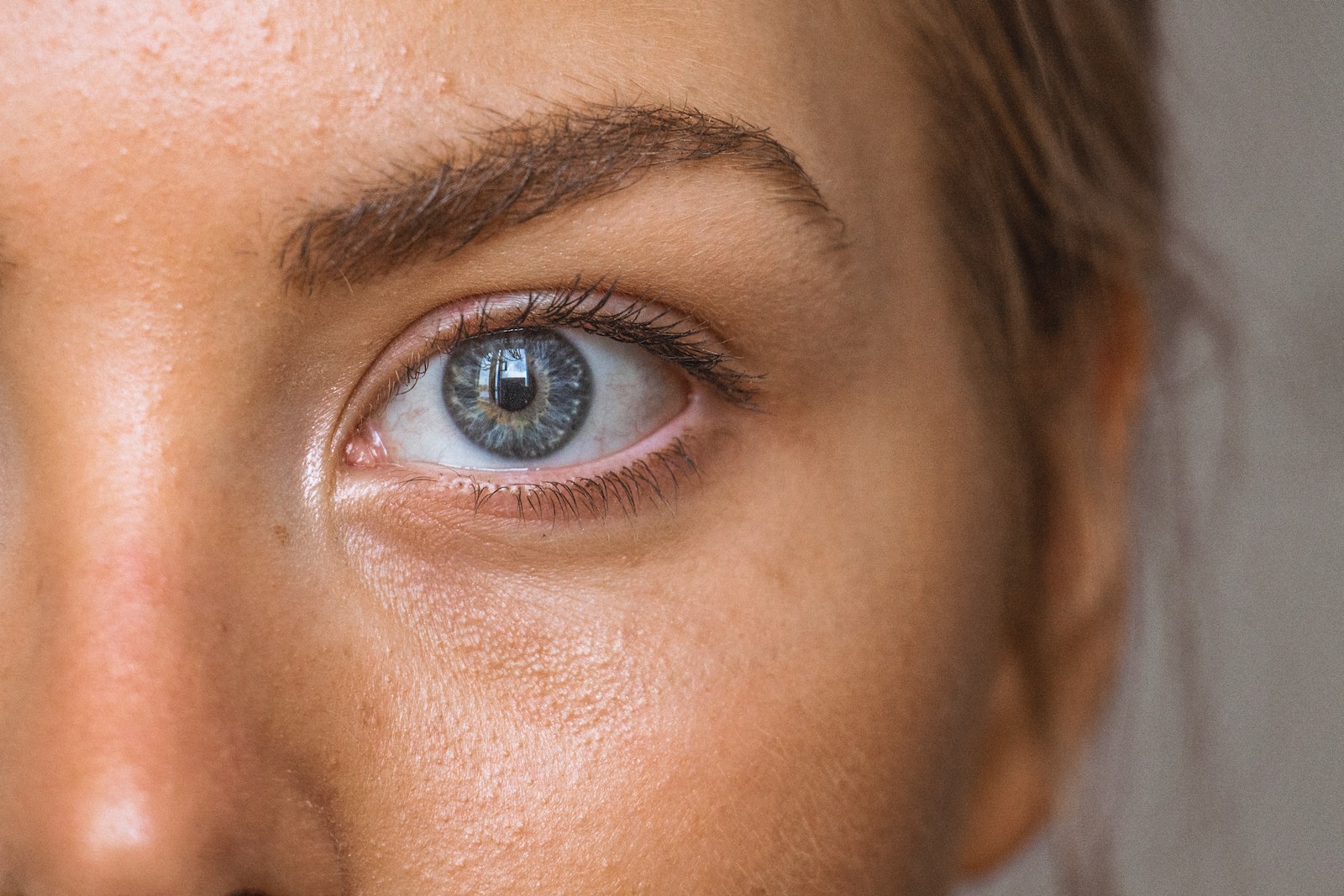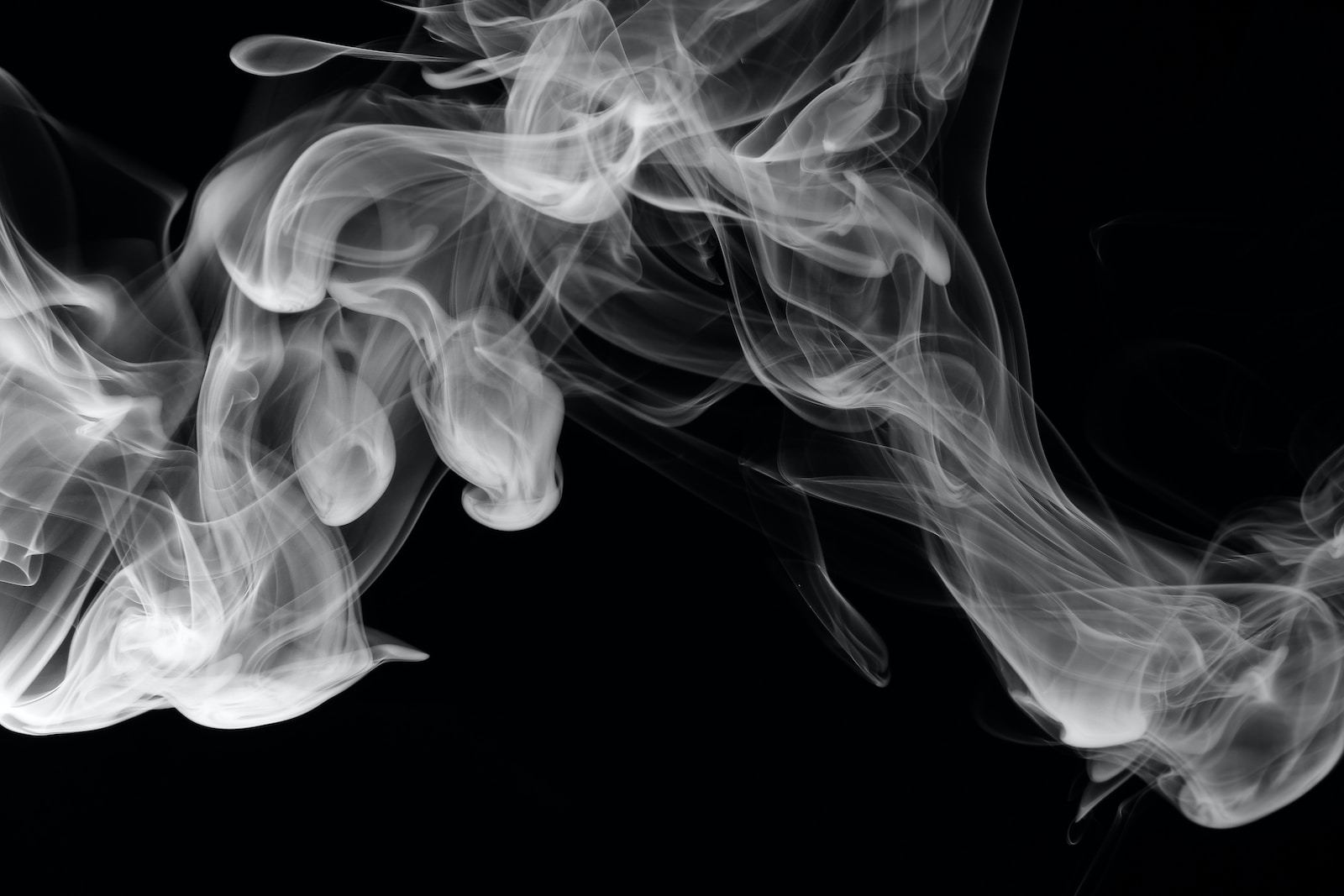Are you fascinated by the dreamy, nostalgic aesthetic of Lomography? Do you want to uncover the secrets behind the captivating images produced by toy cameras? If so, join us on a journey into the art of toy camera photography. In this blog, we will explore the world of Lomography and its unique relationship with toy cameras, unravelling the techniques and creative possibilities that come with using these plastic-lensed wonders. Get ready to be inspired and captivated by the magic of film photography!
Table of Contents
- The Origins of Lomography
- Exploring Toy Camera Techniques
- Embracing the Magic of Toy Cameras
- A Journey into the World of Lomography
- Frequently Asked Questions
- What is Lomography?
- What is a toy camera?
- Why use a toy camera for photography?
- Are toy cameras suitable for beginners?
- What are the benefits of shooting with film?
- Can I achieve professional-quality results with a toy camera?
- What are some popular toy camera brands?
- Where can I buy toy cameras and film?
- How do I get started with Lomography?
- Are there any online communities or forums for Lomography enthusiasts?
- Wrap Up:
The Origins of Lomography
Before we delve into the techniques and methods of toy camera photography, let’s take a moment to understand the roots of Lomography. Lomography emerged in the early 1990s, when a group of Viennese students stumbled upon a small Russian camera known as the Lomo LC-A. Captivated by the unique and distinct aesthetic produced by this camera, they set forth on a mission to share its artistic charm with the world.
The Allure of Toy Cameras
What makes toy cameras so enchanting? These inexpensive, plastic-fantastic treasures possess an undeniable charm that cannot be replicated by modern digital cameras. The lo-fi quality, vignetting, light leaks, and unpredictable outcomes give toy camera photography its distinctive personality. Shooting with a toy camera is an invitation to embrace imperfections and embrace serendipity, resulting in images that tell stories beyond what meets the eye.
Exploring Toy Camera Techniques
In the pursuit of capturing unique and captivating images, toy camera photographers wholeheartedly embrace imperfections. Light leaks, vignetting, and soft focus are not seen as flaws but rather as artistic elements that add character to the photograph. These quirks allow the photographer to create dreamlike and nostalgic images that transport the viewer to a different time and place.
Experimenting with Multiple Exposures
Multiple exposures are a hallmark of toy camera photography. By combining two or more exposures onto a single frame, photographers can create ethereal and surreal images. Whether layering landscapes, creating double portraits, or merging unexpected subjects, multiple exposures offer endless possibilities for imaginative storytelling.
Playing with Perspective and Composition
The fixed focal length and unique composition possibilities of toy cameras push photographers to experiment with perspective and composition. Forced to get creative with limited control over focus and framing, photographers must rely on their intuition and artistic vision to create visually striking images. The unpredictable results challenge photographers to think outside the box and deliver truly unique pieces of art.
Playing with Different Films
Film selection plays a crucial role in toy camera photography. Different films offer distinct characteristics, tones, and color renditions that can greatly impact the final result. From vibrant and saturated colors to moody and vintage vibes, the choice of film allows photographers to further enhance their storytelling and evoke specific emotions in their images.
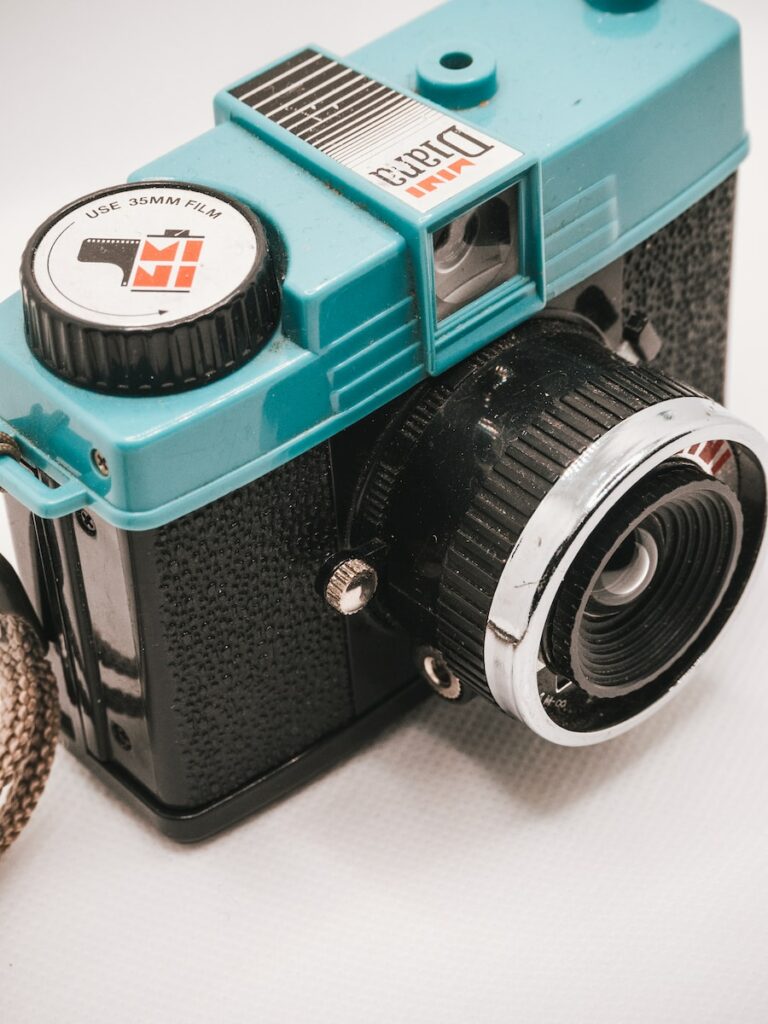
Embracing the Magic of Toy Cameras
The Global Lomography Community
One of the most remarkable aspects of Lomography and toy camera photography is the thriving global community surrounding it. Lomographers from all corners of the world come together, sharing their passion, techniques, and inspiring images. Online communities, exhibitions, workshops, and even film swaps foster connections and cultivate creativity, making the exploration of toy camera photography an enriching and collaborative endeavor.
Did you know that the Lomo LC-A, often considered the catalyst for the Lomography movement, was once on the brink of extinction? It was revitalized when a group of Viennese students discovered its unique charm and fought to keep it alive.
Finding Inspiration in Lomography
Whether you’re a seasoned photographer or just starting your artistic journey, Lomography and toy camera photography offer endless inspiration. The experimental nature, whimsical results, and sense of wonder tied to this art form invite photographers to step out of their comfort zones, challenge conventions, and embrace the unexpected. By exploring the world through the lens of a toy camera, you’ll unlock new perspectives and amplify your creative voice.
So, let’s embark on this adventure together. Grab your favorite toy camera, load it with film, and let the magic of Lomography unfold before your eyes. Prepare to fall in love with the imperfect, the unpredictable, and the extraordinary!
A Journey into the World of Lomography
Embarking on a creative journey with toy cameras has been an enriching experience for many photographers. From the unmistakable charm of lomography to the ethereal quality of plastic lenses, these humble devices have captured the hearts of artists worldwide.
One such success story is that of James Adams, an aspiring photographer who found his true calling in the realm of toy camera photography. James initially dabbled in digital photography but soon felt that something was lacking. Seeking a distinctive visual style, he stumbled upon the world of lomography and instantly fell in love with the concept.
However, mastering the art of toy camera photography was no walk in the park for James. He encountered numerous challenges along the way, from understanding the quirks of different toy cameras to experimenting with various film types. Each camera presented its own unique challenges, often requiring unconventional shooting techniques and creative problem-solving.
One particular obstacle James faced was the limitations of using film. Unlike digital photography, where you can instantly see the results, film requires patience and precision. Over and over, he would capture a shot, waiting anxiously to see if it turned out the way he envisioned. Sometimes it did, other times it didn’t. Despite the initial frustrations, James persevered.
Through dedication and a genuine passion for the craft, James turned his challenges into opportunities for growth. He found that working with toy cameras provided a sense of liberation, allowing him to embrace imperfections and unpredictability in his images. These “flaws” became part of his distinctive style, enhancing the artistic narratives behind his photographs.
James discovered that the plastic lenses of toy cameras added a dreamlike quality to his images. The soft focus and vibrant colors created a nostalgic atmosphere, evoking emotions and stories that went beyond mere documentation. Capturing everyday scenes and objects with a toy camera transformed mundane moments into works of art.
As James began sharing his toy camera photographs online, he quickly gained a following of like-minded photographers and enthusiasts. Their support and encouragement fueled his creativity and motivated him to push the boundaries of toy camera photography further.
The benefits of embracing lomography and toy camera photography extend beyond personal artistic fulfillment. These techniques offer an antidote to the fast-paced, mostly digital world we live in. Toy cameras encourage us to slow down, to savor the process, and to reconnect with the joy of creating imagery without the pressure of perfection.
If James could overcome obstacles and develop a unique style with toy cameras, so can you. Step into the enchanting world of lomography and let the magic of toy camera photography ignite your creative fire.
Frequently Asked Questions
What is Lomography?
Lomography is a form of photography that embraces imperfections and spontaneity, creating unique and artistic images.
What is a toy camera?
A toy camera, also known as a plastic camera, is a low-cost camera that typically has a simple plastic lens and limited controls.
Why use a toy camera for photography?
Toy cameras allow photographers to experiment with the unpredictable and dream-like qualities of film photography.
Are toy cameras suitable for beginners?
Yes, toy cameras are great for beginners as they offer a fun and experimental approach to photography without the complexities of advanced cameras.
What are the benefits of shooting with film?
Shooting with film adds a nostalgic and authentic feel to photographs, capturing moments in a unique and tangible way.
Can I achieve professional-quality results with a toy camera?
While toy cameras may produce lo-fi and artistic images, they are not typically designed for professional-quality results.
What are some popular toy camera brands?
Popular toy camera brands include Holga, Diana F+, and Lomo LC-A.
Where can I buy toy cameras and film?
You can find toy cameras and film at photography stores, online retailers, and even some specialty toy stores.
How do I get started with Lomography?
To get started with Lomography, all you need is a toy camera, some film, and a sense of adventure! Experiment with different techniques and embrace the imperfections.
Are there any online communities or forums for Lomography enthusiasts?
Yes, there are several online communities and forums where Lomography enthusiasts can share their work, exchange tips, and connect with fellow photographers.
Wrap Up:
As we come to the end of this exploration into the captivating world of lomography and toy camera photography, it is clear that these humble cameras can produce extraordinary artistic results. The unique aesthetic created by the use of plastic lenses and the unpredictability of film photography creates a certain charm that cannot be replicated by digital photography.
Whether you’re a seasoned photographer or just starting out with a toy camera, the key to mastering the art of lomography lies in embracing the imperfections and embracing the element of surprise. So grab your plastic lens camera, load it with your favorite film, and start capturing your own unique lomographic masterpieces.
Have you dabbled in lomography or toy camera photography? Share your experiences, thoughts, and even your favorite lomography photos in the comments below! Let’s continue the conversation and inspire each other to push the boundaries of this fascinating art form.
